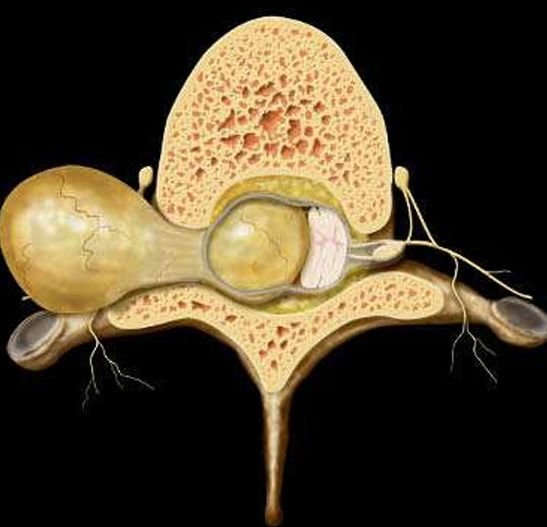Pilocytic Astrocytoma
Pilocytic Astrocytoma
Pediatric spinal pilocytic astrocytomas are rare, slow-growing tumors that arise from astrocytes—supportive glial cells in the spinal cord. These tumors are generally low-grade (WHO Grade I) and occur primarily in children and adolescents. While they are benign in nature, their location within the spinal cord can cause significant neurological impairment if not treated promptly. In Bangladesh, pediatric spinal cord tumors are frequently underdiagnosed or misdiagnosed due to lack of awareness and limited access to specialized imaging and pediatric neurosurgical care. Fortunately, expert treatment for such complex spinal tumors is now available under the care of Dr. Md. Nafaur Rahman, one of the country’s leading pediatric neurosurgeons. His dedicated center offers world-class microsurgical care, especially for spinal pilocytic astrocytomas, ensuring better outcomes and improved quality of life for children across the country. What is a Spinal Pilocytic Astrocytoma? A pilocytic astrocytoma is a benign (non-cancerous) tumor of glial origin that commonly affects children. Although more common in the brain (especially the cerebellum), these tumors can also develop in the spinal cord, particularly in the cervical and thoracic regions. Key Features: Intramedullary (grows within the spinal cord) Slow-growing with a well-defined boundary May contain cystic components or cause cord expansion Most often seen in children between 5 to 15 years of age Causes and Risk Factors Sporadic in most cases – no known external cause Genetic syndromes like Neurofibromatosis Type 1 (NF1) may be associated No link to infections, trauma, or environment Congenital development error in glial cells may play a role Symptoms of Spinal Pilocytic Astrocytoma in Children The symptoms usually develop gradually but can become severe without early diagnosis. Common presentations include: Back or neck pain Progressive limb weakness – difficulty in walking, running, or standing Numbness or tingling sensations in arms or legs Stiffness or spasticity in the lower limbs Loss of balance or frequent falls Bladder or bowel dysfunction – urinary retention or incontinence Scoliosis or abnormal spinal curvature Due to these nonspecific symptoms, such tumors are often misdiagnosed as orthopedic or musculoskeletal problems, especially in rural regions of Bangladesh. Diagnostic Approach Early and accurate diagnosis is key to successful treatment. Dr. Nafaur Rahman ensures a thorough diagnostic process through: 1. Clinical Evaluation Detailed neurological assessment Observation of motor skills and reflexes Bladder and bowel function screening Family and developmental history 2. Imaging Studies MRI of the spine with contrast – gold standard; shows tumor extent, cystic areas, and cord involvement Whole spine screening – especially in NF1 cases CT scan – for bony changes or calcifications, if needed 3. Histopathology (Post-surgery) Confirms diagnosis and tumor grade Guides further management Surgical Management Surgical removal is the mainstay of treatment for spinal pilocytic astrocytoma. Complete resection often results in long-term cure due to the tumor’s benign nature. Goals of Surgery: Maximal safe resection of the tumor Preservation of spinal cord function Decompression of the cord to relieve symptoms Advanced Techniques Used by Dr. Nafaur Rahman: Microsurgical tumor excision with high-powered magnification Intraoperative neuromonitoring to minimize nerve damage Laminoplasty or laminectomy to access the intramedullary lesion Ultrasonic aspirators and precision tools for safe tumor removal Reconstructive spinal stabilization if necessary Postoperative Recovery and Prognosis Children generally recover well with minimal neurological deficits Physiotherapy and rehabilitation are crucial to regain strength and mobility Bladder and bowel function often improve within weeks to months MRI surveillance is done to monitor for recurrence, though rare in pilocytic astrocytoma Long-term prognosis is excellent if complete removal is achieved Challenges in Bangladesh Delayed presentation due to lack of awareness Limited pediatric MRI access in rural and semi-urban areas Misdiagnosis due to overlap with orthopedic or musculoskeletal symptoms Lack of specialized pediatric neurosurgical centers outside major cities Financial and social barriers delaying surgical intervention Why Choose Dr. Md. Nafaur Rahman? Extensive experience in microsurgical resection of pediatric spinal cord tumors Operates at both National Institute of Neurosciences & Hospital (NINS) and Bangladesh Paediatric Neurocare Centre Offers affordable, compassionate, and multidisciplinary care Known for low complication rates and high surgical success Actively involved in awareness, early diagnosis, and research in pediatric neurosurgery in Bangladesh Appointment & Contact Dr. Md. Nafaur Rahman Assistant Professor, Pediatric Neurosurgery National Institute of Neurosciences & Hospital (NINS) Chief Consultant, Bangladesh Paediatric Neurocare Centre 📞 For Appointment/Serial: 📱 01912988182 | 01607033535 🌐 Website: www.neurosurgeonnafaur.com










